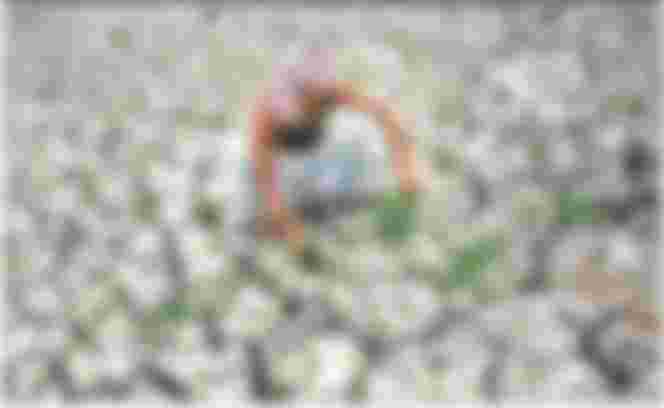Drought is a terrible natural disaster. Drought has created food crisis not only for human beings but also for cattle. During drought, the amount of water in the soil decreases and the soil becomes dehydrated. As a result, plants or grains cannot grow in the soil.
At present our country is in the grip of this drought and in the heat of the day the fields are not producing anything
Natural disasters are causing various kinds of damage..Drought reduces crop production and can also cause famine. Droughts can usually occur in two ways, such as: - If it does not rain for a long time and a large amount of soil is drained from the ground when water is pumped through marshals or tube wells.Every year in the context of summer, areas around the world are concerned about the monsoon drought. During the winter, most places monitor rainfall and snow packs to see what the hot and dry months can bring. In addition, there are areas where the drought lasts longer than the summer of the year. From frozen deserts to frozen floors, droughts are something that affects plants, animals and people worldwide.

Drought causes
Because drought is defined as a shortage of water supply, it can be caused by many factors. One of the most important though is related to the amount of water vapor in the atmosphere as to what it causes precipitation. There are more humid, low pressure air systems where more rain, beef, hail, and snow can occur.
If there is the presence of a rather dry, high pressure air system above, low humidity precipitation production is available (because this system cannot catch as much water vapor). This results in water shortages for those who depend on the area.
It can be the same when the winds are blowing and when there is a warm, dry, continental wind change in an area as opposed to cool, humid, oceanic currents. El Niোo, which affects ocean water temperatures, also affects precipitation levels because year when the temperature cycle exists, it can move air masses over the ocean, often wet places dry (prone to dryness) and dry places wet.
Eventually, the resulting erosion of agriculture and / or building deforestation may also be accompanied by the onset of drought because the soil is not able to absorb moisture when it is moved away from an area when it falls.
Drought stage
Since in many areas, regardless of their climate zone, there are different definitions of drought prone, prone stages. They are all similar but usually, limited to a drought alert or watch, which is the least severe. This stage is announced when a drought is coming.
The next stage is mostly located in the drought emergency, disaster, or drought drought stage. This final stage occurred after a prolonged drought and water sources began to dwindle. At this stage, public water use is limited and often drought disasters are planned.
Drought Outcome: Short and Long Term
In the dry season, there are small and long-term consequences with no loss due to dependence on water and natural environment. The problems associated with famine can have an impact on both the economic, environmental and social types where they can occur and the relationship they have in areas where drought occurs.
Most of the economic effects of the drought are related to agriculture and crop income.
Lack of water during droughts can often lead to a decline in yields, and thus is often seen as a decrease in farmers ’incomes and an increase in the market price of the product. In the long run drought, farmers ’unemployment and even retailers can occur, which has a significant impact on the area’s economy and their relationship with the economy.
In the case of environmental problems, drought insect infections and plant diseases, increased erosion, loss of habitat and landscape, increased air quality and water availability, as well as dry vegetation may increase the risk of fire due to short-term drought, natural environment recurrence, but long-term drought Plant and animal species can be severely damaged and over time desertification can also occur with extreme lack of moisture.
Finally, droughts have social effects that can cause conflict among users of available water, resulting in inequality in water supply between disasters and the poor, inequality in the need for disaster relief, and deterioration of health

In addition, population migration to rural developing countries may begin when a region is prone to drought because most of the time one has to go to areas where water and its benefits are more prevalent. This then depletes the natural resources of the new area, can create conflicts between the neighboring population, and takes workers from the main area.
Over time, increased poverty and social instability are likely to develop

